Motion Computing from the house we had already presented you a Rugged Tablet PC. Now we want to introduce another model today J3500 Rugged Tablet PC. This new tablet PC is housed in a rugged housing and offers a 12.1 -inch touch screen to display that supports a resolution of WXGA….
Motion Computing has introduced the J3500 tablet computer, which the company says can withstand “harsh mobile work environments.” That refers to tumbles, drops and rain if you were wondering.
If you need durability and speed and don’t care too much about looking cool then Motion Computing has what you need. The Motion Computing J3500 12.1″ tablet is definitely something professionals and enthusiasts only with a starting price of $2,299. For that price Motion Computing is prepared to give you one heck of a tablet computing experience with a full version of either Windows 7 Professional or Windows XP Tablet PC Edition. You will be able to select between a 1.06GHz Intel Core i5 vPro or 1.2GHz Intel Core i7 vPro processor, the base model comes with the Core i5.
The J3500 looks identical to its predecessor. It’s a ruggedised 12.1in. widescreen (1,280 by 800) slate-style tablet measuring 32.3cm by 23.1cm by 2.3cm and weighing 1.81kg with both 30Wh batteries fitted. The livery is, appropriately, slate-grey, and there’s a sensible rubberised finish on the rear to guard against slippage on a shiny surface.
For customers, an advantage of the J3500 retaining the same chassis as the J3400 is that the optional accessories are interchangeable. These include the £237 desktop FlexDock, which incorporates a battery charging bay alongside an array of connectors (four USB, Ethernet, DVI-D, DisplayPort, audio in/out). We had another option, the £34 Mobile Keyboard (included in the price quoted above), that incorporates a stand to hold the tablet in landscape mode and provides a two-button touchpad. When folded flat, the Mobile Keyboard can attach magnetically to the back of the system unit.
Unfortunately, while Motion was quite successful with its tablets and focus on vertical markets, the Tablet PC as a category didn’t fare quite as well. Hampered by only a half-hearted commitment to the tablet form factor (Microsoft itself redirected emphasis from tablets to notebook convertibles before the Tablet PC Edition was even released), high costs and the marginal suitability of Windows as a tablet OS relegated the Tablet PC to the sidelines. All of this has changed this year with the release of the Apple iPad, which sold over two million in its first few months, and triggered a tablet gold rush to market with dozens of iPad copies.
However, this time Microsoft may not be in the picture. Even with Windows 7’s enhanced support of touch and inclusion of multi touch, full Windows simply isn’t a tablet OS, at least not if what’s desired is largely consumer-oriented iPad functionality. As is, future tablets may run the WebOS Hewlett Packard bagged with its acquisition of Palm, or Android, the eminently scalable smartphone OS currently doing battle with Apple’s iOS. Analysts predict tablet sales in the tens of millions, and this time they just may be right
With the system in landscape mode, the controls are on the right-hand side, in the screen bezel. From the top, they are: microphone and ambient light sensor, camera button, Motion QuickNav button, Motion Dashboard button, Escape button and a four-way directional pad. Motion QuickNav is a large finger-friendly on-screen keyboard/application launcher, while Motion Dashboard is a convenient utility for tweaking display, audio, pen & tablet, wireless, power and security settings.
On the left-hand side, behind protective hinged rubber flaps, are audio and Ethernet (RJ-45) ports, a pair of (quite closely spaced) USB connectors and a VGA connector. The power input is also on this side. At the top of the right-hand side is a slot for the digitiser stylus and next to it a removable cover protecting an ExpressCard/34 slot and a SmartCard slot; these are followed by the power button, a fingerprint reader and finally a Ctrl-Alt-Del button and a battery status LED.
Why does Motion expect such a big performance increase when the old processor ran at 1.4GHz and the new ones only at 1.06 and 1.2GHz? That’s because while in the past, new Intel processors did not always deliver the promised performance boosts, the new Core processors do, and are truly remarkable designs. Here’s what happened: After several years of Core Duos and Core 2 Duos, in early 2010, a new generation of Intel Core processors was released to provide better performance, better integration, newer technology, and higher efficiency. The new Core i3, Core i5 and Core i7 processors by and large represent Intel’s “good,” “better,” and “best” processor solutions in any given category. It gets a bit confusing as the new processors come in numerous versions at different speeds and including different technologies. Core i3 processors, for example, do not have the new Intel “Turbo Boost” feature that provides extra performance via automatic overclocking. Core i7 processors generally have more cache and support more special Intel features than Core i5 and Core i3 processors. Also, as a first in this class of Intel processors, the memory controller and fairly powerful integrated graphics with HD hardware acceleration are now part of many of the processors, and there are new and more powerful companion chipsets.
The Motion J3500: What’s new?
What’s new with the Motion Computing J3500 tablet compared to the predecessor J3400?
1.Intel Core i5 or i7 technology with ultra-low voltage 1.06GHz Core i5 520UM or 1.2GHz Core i7 640UM processors provides significantly higher performance than the predecessor model.
2.You can now get projected capacity multi touch in conjunction with the standard digitizer. Yes, that means swiping, dragging, two-finger pinching and rotating.
3.It’s the first major update to the Motion J3400 which was a brand-new design in early 2009.
4.The machine now runs Windows 7 Professional (there is a Windows XP downgrade option).
5.You can now get Gorilla glass that offers very high break resistance (albeit not available with the capacitive screen).
6.You can get more storage (up to 160GB hard disk, up to 128GB SSD, up to 4GB RAM).
7.Integrated auto-focus 3-megapixel documentation camera (up from 2mp) can take time/date and GPS-stamped documentation pictures.
8.Integrated Gobi 2000 is available (includes GPS), supporting all major RF bands around the world in one chipset.
To get a feel for battery life, we first measured the system’s power consumption (using a Voltcraft VC940 Plus multimeter) under a variety of power plans and operating conditions. We took measurements with the system loaded (running Passmark Software’s Performance Test 7.0) and idle, under two power regimes — ‘High performance’ (HP) and ‘Power saver’ (PS). The average power draw results were as follows: Idle/PS 11.8W; Idle/HP 15.45W; Load/PS 19.29W; Load/HP 25.95W. Dividing these figures into the 60Wh provided by the system’s pair of 30Wh batteries gives the following battery life estimates: Idle/PS 5.08h; Idle/HP 3.88h; Load/PS 3.11h; Load/HP 2.31h.
Resources :zdnet.co.uk,ruggedpcreview.com,tablets-planet.com

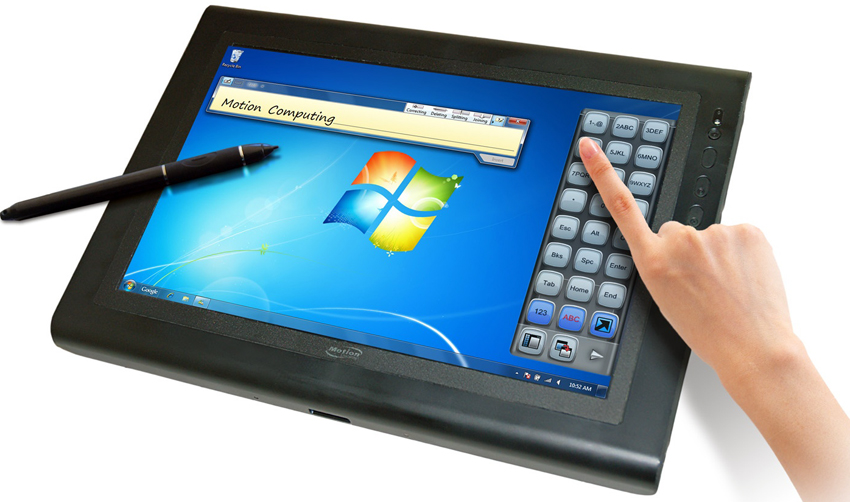
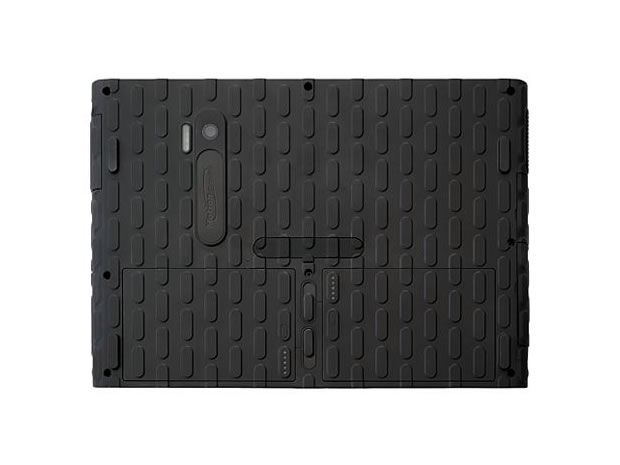
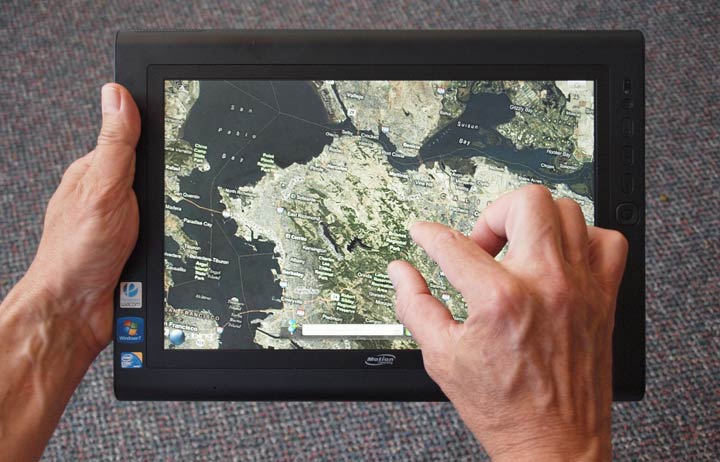
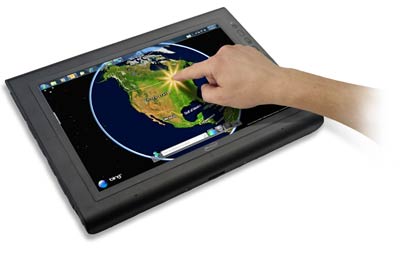


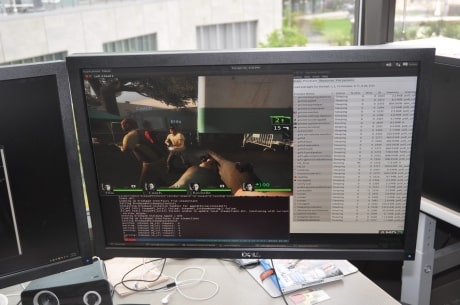

Pingback: Motion Computing J3500 tablet PC ready harsh work environments - TECHNOLOGY - Daily News
I’m a deputy, in Law Enforcement, and I would love to have the motion computing J3500 Tablet. It would make my job a lot easier. But I can not afford the J3500 with what I make.
Thanks for making such a tablet like this.
Goldie